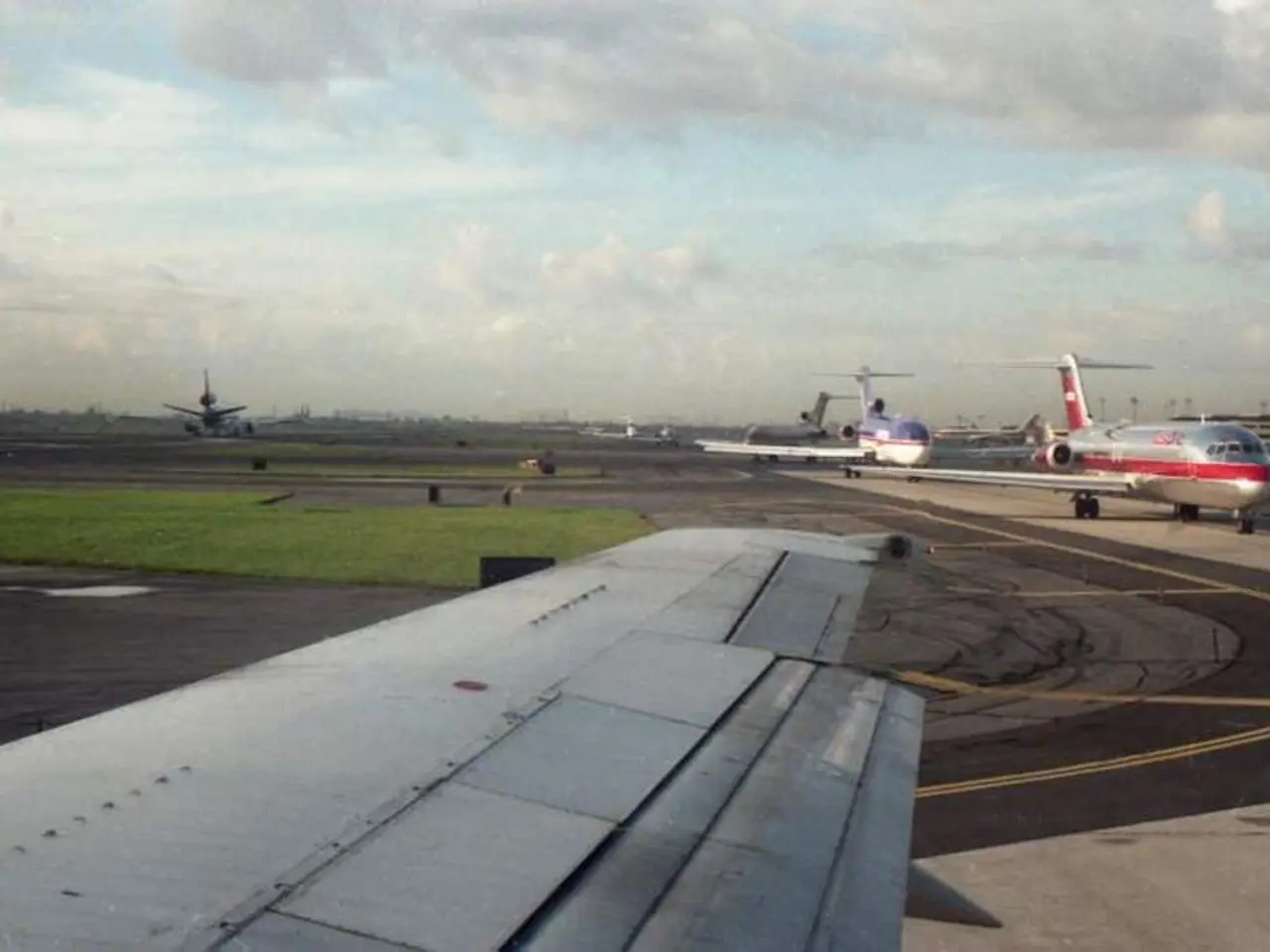Strategies to Prevent a Deadly Stall-Spin Incident in Airport Traffic
Low, slow, and dangerously close to the ground – that's where stall-spin accidents frequently take place. The Air Safety Foundation dived deep into 450 such accidents between 1993 and 2001 to understand the possible reasons and locations, focusing on aircraft weighing less than 12,500 pounds, the common GA range.
Surprisingly, over 80% of these unfortunate incidents kick off at an altitude of less than 1000' Above Ground Level (AGL). Oh, and you'll find the traffic pattern altitude at most airports is precisely 1000' AGL. That's right – stall-spin accidents happen!
Now, this presents a predicament down low. Most GA aircraft estimate a recovery altitude loss of 100-350 feet during stall recovery. It often leaves enough margin in the pattern to rescue yourself from a stall. But spins are a different beast. In the 1970s, NASA's research – even in an aircraft flown by a test pilot – showcased an average loss of 1,160 feet during spin entry and recovery. You can do the math yourself, but if you're 1000' AGL in a traffic pattern when things go south, you're not high enough to recover, no matter how nimble your recovery technique is.
So, who's getting into these situations? Well, not student pilots or ATPs – they're the least likely. That leaves the majority of stall-spin accidents to private and commercial pilots like you and me. It's a shocker, right? Lack of proficiency and complacency top the list of reasons for the high accident count among private and commercial pilots. When's the last time you practiced stalls, or better yet, turning stalls?
There's a silver lining! The FAA has addressed these concerns by changing guidelines for slow flight in the Airman Certification Standards (ACS). The old way required riding the stall warning horn and aircraft buffet throughout slow flight maneuvers.
Now, pilots must establish an airspeed that keeps the stall warning indicator at bay, adjust pitch and power as needed, and maintain the designated airspeed standard. With these changes, the stall warning horn stands out as loud and clear as ever when you're nearing a stall, while the training environment gets safer.
So, hang on to your seats and remember, perhaps the most crucial element: flight proficiency is key. When things go sideways in the pattern, it's always beneficial to go around and give yourself another shot. Grab your instructor and practice your stalls and slow flights – proficiency can save the day!
Are you an aspiring pilot? Become an AOPA member today to enjoy exclusive access to insurance, finance options, and more. Ready to improve your piloting skills? Subscribe to the Boldmethod email for the insider's scoop on real-world piloting tips and information.
- In many stall-spin accidents, the airplane is flying low, slow, and dangerously close to the ground.
- The traffic pattern altitude at most airports is 1000' Above Ground Level (AGL), which is where many stall-spin accidents occur.
- GA aircraft typically lose between 100-350 feet during stall recovery, providing enough margin in the pattern to recover from a stall.
- However, spins can result in an average loss of 1,160 feet during entry and recovery, making it impossible to recover if you're 1000' AGL in a traffic pattern.
- Private and commercial pilots are the most likely to be involved in stall-spin accidents, often due to lack of proficiency and complacency.
- The FAA has changed guidelines for slow flight in the Airman Certification Standards (ACS), requiring pilots to maintain an airspeed that keeps the stall warning indicator at bay.
- By identifying the airspeed to avoid the stall warning horn, adjusting pitch and power as needed, and maintaining the designated airspeed standard, the training environment becomes safer.
- Aviation industry organizations, such as AOPA, offer insurance, finance options, and resources for aspiring pilots to improve their skills.
- Subscribing to newsletters like Boldmethod's email can provide real-world piloting tips and information to help you improve your flying skills.
- Remember, flight proficiency is crucial in dealing with challenging situations, and giving yourself another shot by going around can make all the difference.





